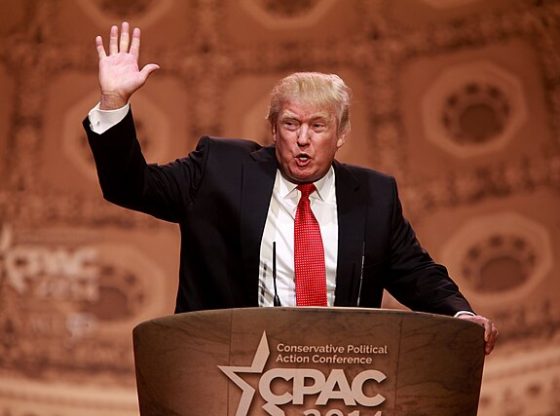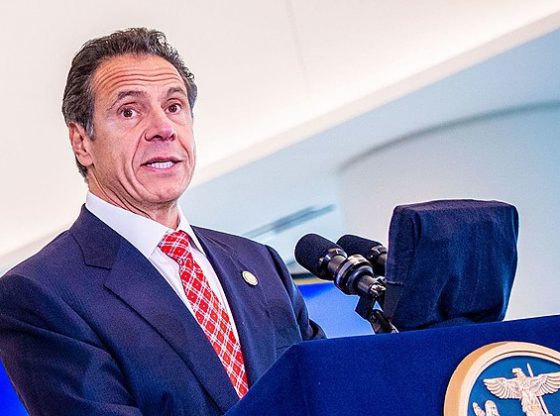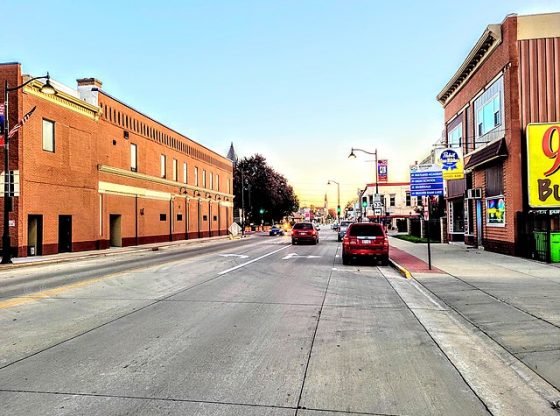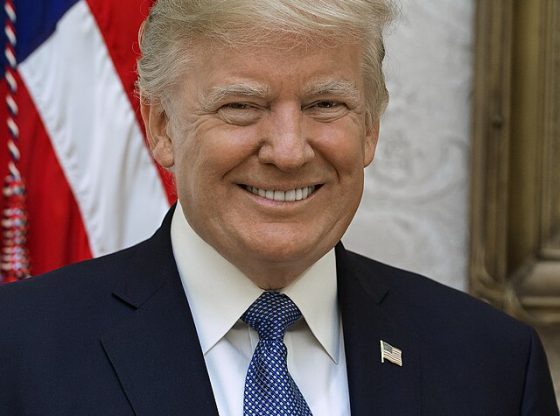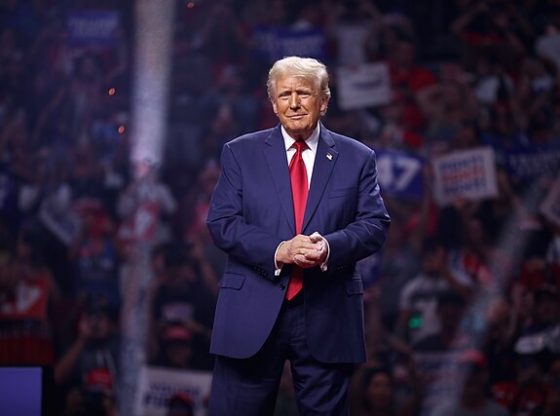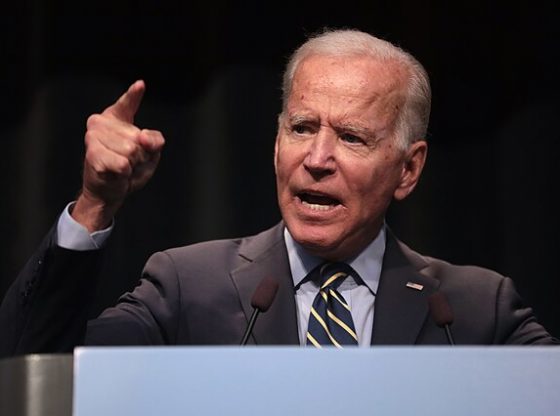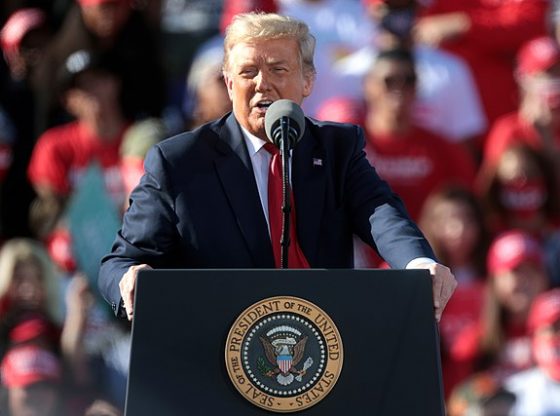Tesla laid off a large portion of a key team in its electric vehicle (EV) charger division on Monday, a move that could pose problems for President Joe Biden’s broad EV agenda.
The company reportedly laid off nearly all of its employees working on the company’s “Superchargers,” which charge EVs quicker than other Tesla products and figured to play a major role in the nationwide public EV charging system envisioned by the Biden administration, according to E&E News. Tesla — which has benefitted from generous government subsidies for years — appears to be pivoting away from that aspect of its business; the layoffs could spell trouble for the already-struggling industry at a pivotal moment.
The Supercharger is considered one of the best chargers available because it can recharge EVs quickly and reliably, which cannot always be said of competitors’ products, according to E&E News. Other automobile companies, including Ford, saw the promise of Tesla’s Supercharger and made deals to have their EVs be able to access Tesla’s Supercharger infrastructure.
“There’s no buttons to push, there’s no screens, there’s no credit card swiper all of that is done through processing through software inside of your car,” Matt Teske, CEO of Chargeway, an EV-charging software platform, told the DCNF regarding Tesla’s Supercharger network. “And so they just really made the transition from driving a gas car to driving an electric car very simple for anyone to use and operate.”
Other charging networks and auto manufacturers now have an opportunity to grow after relying heavily on Tesla’s innovations and the Supercharger “gold standard,” Teske added. While the layoffs threaten to introduce uncertainty into the EV market, those growth opportunities and the existence of other charging networks do not mean that the layoffs will impact the Biden administration’s distribution of funds to build a national network.
These advantages and superior engineering contributed to the Supercharger fueling the fastest-growing charging network in the U.S., as Tesla’s 6,200 charging plazas nationwide are the most of any of its competitors, according to E&E News.
The Biden administration is spending billions of dollars to subsidize the creation of a national network for EV charging infrastructure, which remains concentrated mostly in densely-populated, coastal regions of the U.S., according to the Department of Energy (DOE). However, these efforts have yet to yield significant results, as only a small number of charging stations have been built with those funds since Biden enacted the bipartisan infrastructure package in 2021.
Concerns about charger availability and reliability continue to spook consumers. Accordingly, building out the national network will be a crucial part of bringing the American auto industry into compliance with the Environmental Protection Agency’s (EPA) recently-finalized tailpipe emissions regulations — which some have characterized as a de facto “EV mandate” — over the next decade or so.
However, the fresh uncertainty in the EV charging space figures to complicate things for the state government agencies that are ultimately responsible for distributing the Biden subsidies to developers, according to E&E News.
Tesla has already accessed federal subsidies for EV chargers, with more expected, according to E&E News. Other automakers could still use the Tesla charging technology in the future, but they will likely have to do so without the advantage of Tesla’s intimate knowledge about how to maintain the infrastructure.
Tesla, the DOE and the White House did not respond immediately to requests for comment.




